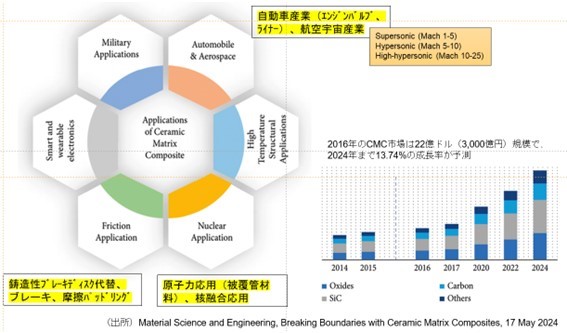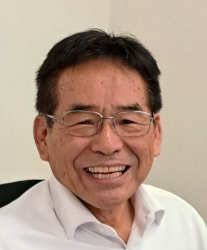My grandchild, born this year, will be 26 in 2050 and 76 in the 22nd century (2100). Three years ago, nine member companies created the Ceramics Roadmap 2050. While we often say we learn from our children (grandchildren), the speed of time is far faster than we imagine. In an era where the entire world is our competitor, we can no longer afford to be complacent.
Fifty years ago, over 30 researchers from global companies gathered at Tohoku University's Yajima Lab for high-strength ceramic fiber research. Only two Japanese companies succeeded. Today, CMC using Japanese SiC fibers is beginning to fly the world's skies. It powers the LEAP engine and will fly Japan's skies starting next year in ANA's GX9 engine. GE has already commenced R&D on the next RISE engine.
CMC boasts superior heat resistance to metals, demonstrates high durability even in the harsh environments that were ceramics' traditional weakness, and weighs only one-third that of metal. Currently, the CMC market is driven by increasing demand from the aerospace and automotive industries, advancements in manufacturing technology, and the growing need for lightweight, high-performance materials. In the future, it is essential to develop more advanced CMC materials at a global level, and to develop alliances among industry companies and new applications, because of the high manufacturing cost and complicated manufacturing process of CMC. Japan, which pioneered the development of SiC fiber, must strengthen R & D and form strategic alliances to maintain its competitive advantage.


© CMC Consortium All rights reserved.